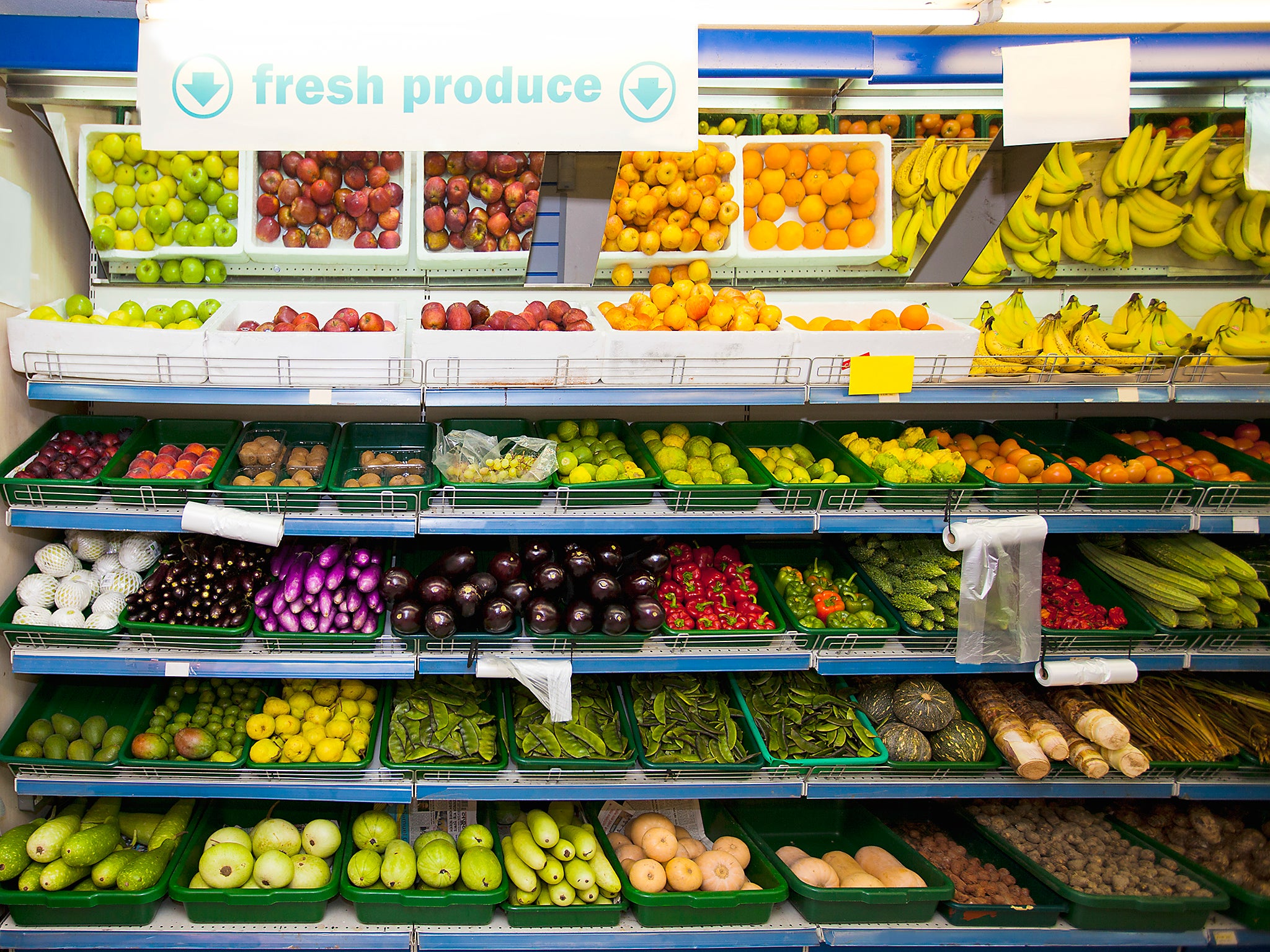UK shopping bills fall in May but food prices rise as inflation starts to bite
Shop prices chalked up deflation of 0.4 per cent in April from a 0.5 per cent fall in April. That’s the shallowest deflation rate since November 2013

A marginal increase in the price of food has fuelled the shallowest rate of overall shop price deflation in over three years.
Figures released by the British Retail Consortium (BRC) on Wednesday showed that overall shop prices chalked up deflation of 0.4 per cent in May from a 0.5 per cent fall in April. That’s the shallowest deflation rate since November 2013.
Non-food deflation deepened slightly with prices falling 1.5 per cent during the year to May compared to the 1.4 per cent decline in April, but food inflation accelerated to 1.4 per cent from 0.9 per cent.
“Overall prices continue to fall year on year, albeit now at the slowest rate since November 2013. However the trends for food and non-food are now two quite different stories,” said Helen Dickinson, chief executive of the BRC.
She said that she expects the “general trend of inflation to be upwards over the course of the year, which will squeeze disposable income at a time when wage growth is slowing”.
“In terms of our imports of retail goods into the UK, three quarters of our imported food comes from the EU. So to protect consumer food bills from the additional cost of unwanted new tariffs, a continuation of tariff-free trade with the EU must be the priority in the forthcoming Brexit negotiations,” she said.
The Bank of England said in projections published earlier this month that wages, after adjusting for expected inflation, will fall during 2017 – the first calendar year of negative growth in four years. On a monthly basis, real wages in the UK are already zero.
The spike in food inflation reflects the slump in the pound since last year’s Brexit vote. Despite recovering somewhat at the start of the year, the pound remains around 13 per cent lower against the US dollar since last June’s referendum.
Subscribe to Independent Premium to bookmark this article
Want to bookmark your favourite articles and stories to read or reference later? Start your Independent Premium subscription today.

Join our commenting forum
Join thought-provoking conversations, follow other Independent readers and see their replies